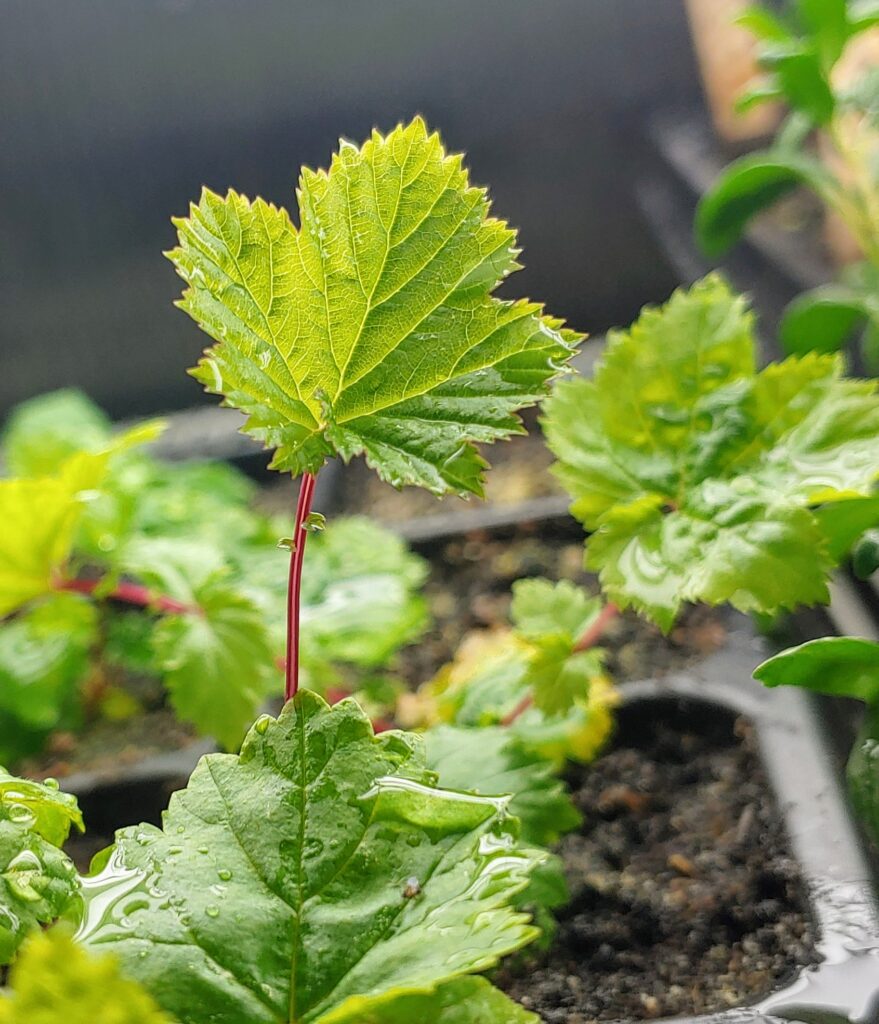“The leaves and floures of Meadowsweet farre excelle all other strowing herbs for to decke up houses, to strawe in chambers, halls and banqueting-houses in the summer-time, for the smell thereof makes the heart merrie and joyful and delighteth the senses.”
Gerard
Meadowsweet (one of my focal plants for the year)
Filipendula ulmaria
Common Names: Meadsweet (for the honey drink), Queen of the Meadow (do not confuse with Joe Pye Weed), Bridewort, Lady of the Meadow
Family: Rosaceae
Parts Used: Flowering Tops
Common Preparations: Tea, Glycerite, Electuary, Ghee, Tincture, Compress, Oils/Salves, Bath
Tall, elegant Meadowsweet conjures up images of hot summer days along lazy rivers and humid lowlands. The still, heavy air is suffused with a delicate fragrance of almond and honey. Creamy clumps of feathery blossoms hang as if suspended along banks and over fields (i.e., Filipendula, from the Latin filus, means “thread,” and pendulus means “hanging,” although pointing to threadlike roots – also beckons to Meadowsweet’s influorescence).
I first became familiar with this plant when studying botanicals for pain management – leading me to “aspirin alternatives.” I found that, like Willow, it contains salicylate salts. Unlike synthetic aspirin that can cause stomach pain and ulcers, Meadowsweet’s balanced combination of organic compounds has made it the number one herb for treating acid problems, while also benefiting the joints and urinary system. In addition, Meadowsweet is effective for fevers and “flu, diarrhea, headaches, and pain relief” generally. It well earns its name “herbal aspirin” (think, old Latin name of Spirea due to Bayer patenting the name, a”spir”in in 1899).
My work with any herb begins with the seed and Meadowsweet has been a tough one. In Zone 7, it does not germinate consistently as a seed start. Some years, like this year, I have done well. Some years, nothing. Aiming for an average 50% germination is a success for me.After germination, this plant is TOUGH – except for the passing hungry deer.
For me, Meadowsweet is quite feminine and full of “light” (think bioenergetic silica) but strong, statuesque and powerful. It bounds a garden well as an anchor or as a background screen. The frivolity of the flowers contrast with the denseness of the leaves and the strength of the reddish stalk. It says – I may be a quite feminine looking – but, don’t underestimate me. In the gardens, it partners well with other tall moisture lovers like Valerian and Vervain (together considered sacred plants of the Druids).

